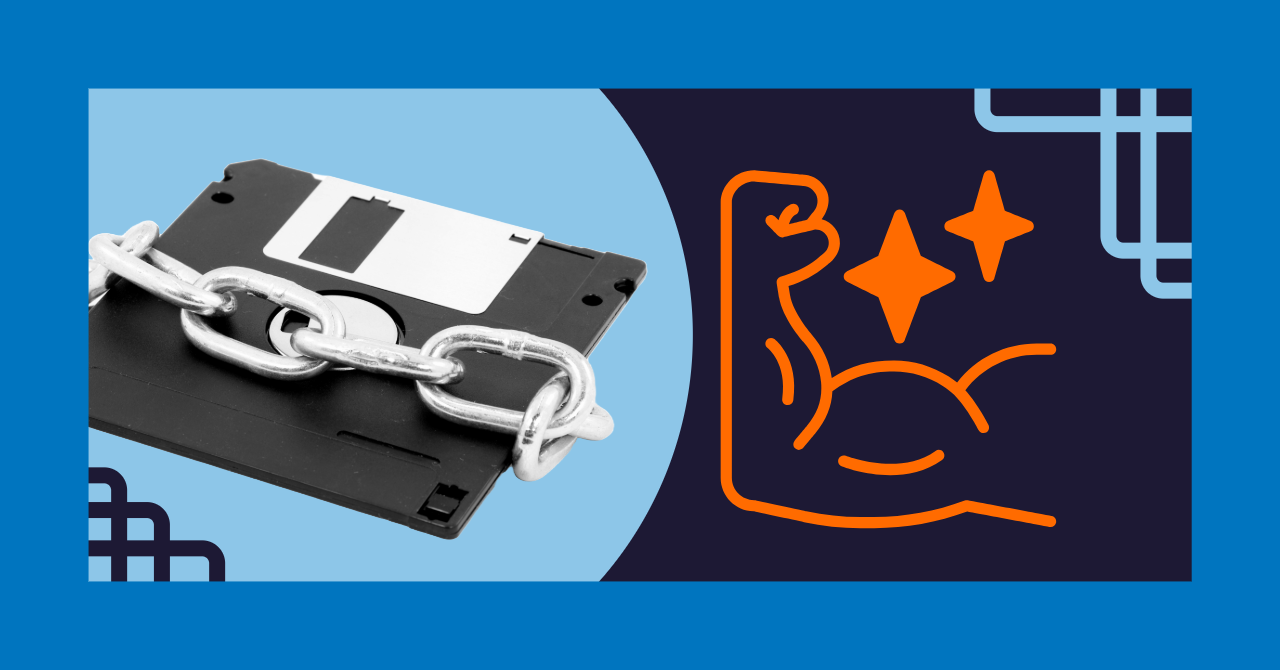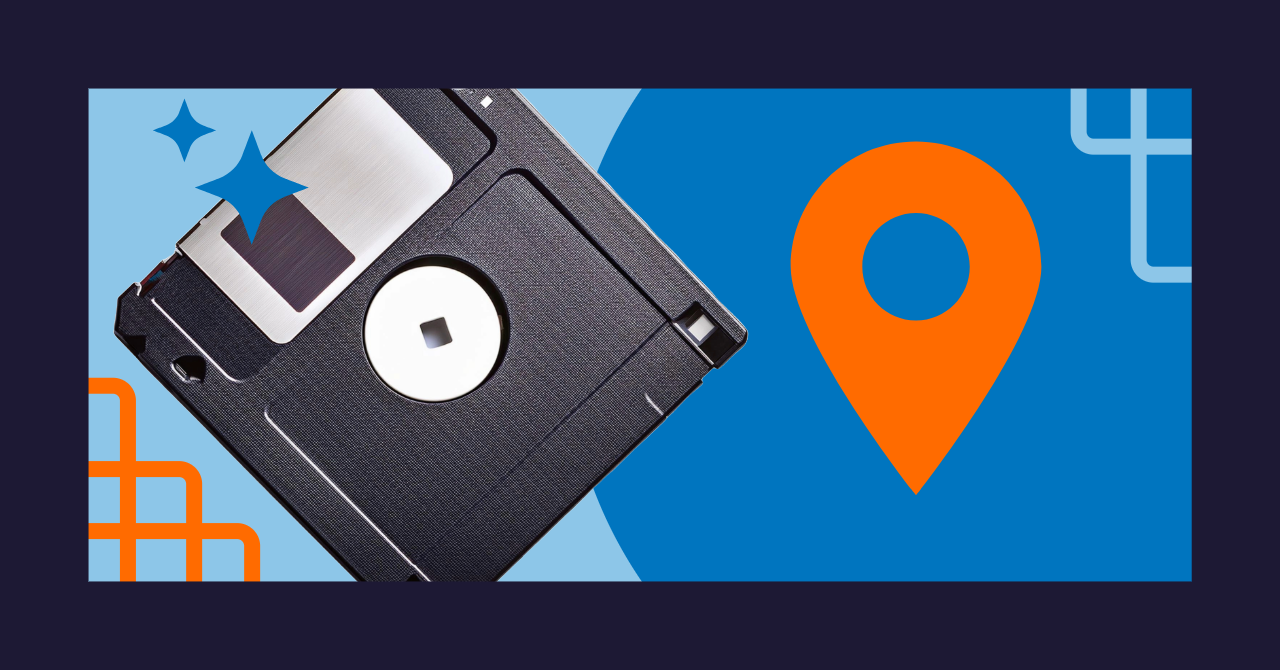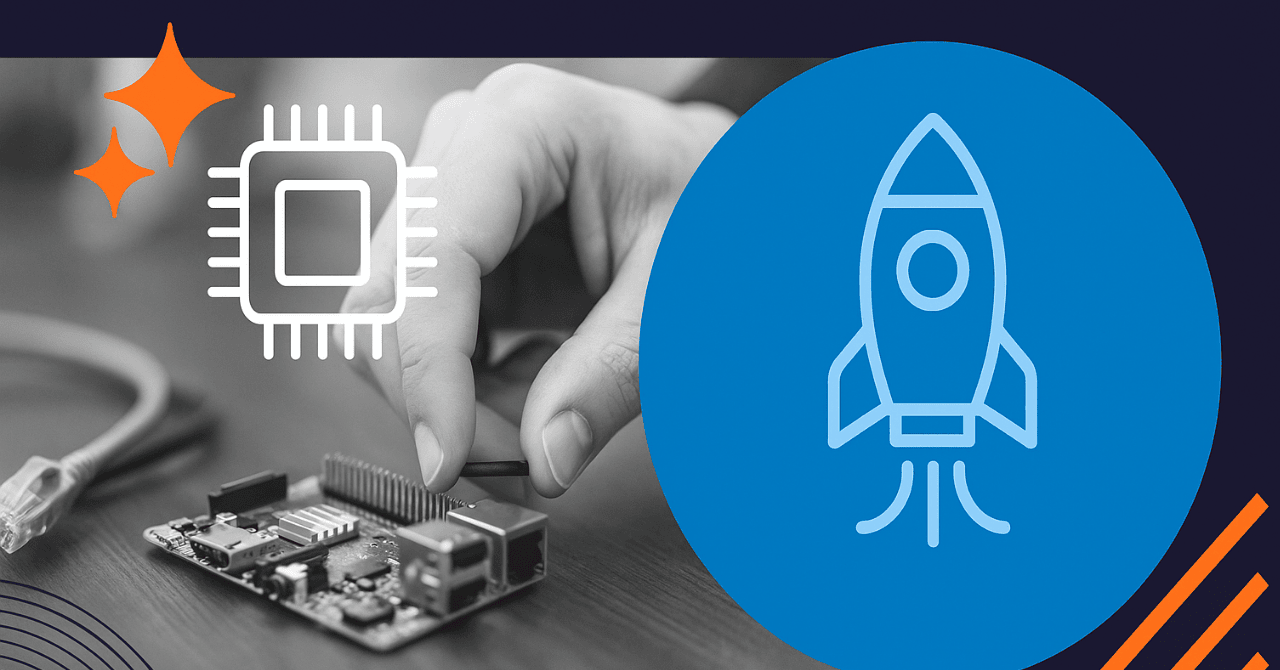Edge AI systems sit at the intersection of local data processing and real-time decision-making.
They drive everything from on-site power grid monitoring and military sensor platforms to real-time retail analytics and precision agriculture. By acting on data right where it’s generated, whether that’s a substation, a drone in flight, or a smart shelf, they deliver faster insights, greater resilience, and intelligent automation without relying on constant cloud connections.
Supporting these systems doesn’t mean everyone involved has to be an AI engineer or hardware expert. The level of technical knowledge required depends on the role, and understanding that distinction helps businesses assign the right people to the right tasks, keeping operations smooth without unnecessary complexity.
Levels of technical expertise
End-users: basic operational knowledge
End-users interact with edge AI systems as part of their everyday work. They might be production staff checking dashboards, warehouse employees verifying inventory levels, or healthcare workers reviewing patient monitoring data. These users don’t need to know how the AI model was built or how the hardware is configured, they just need to understand how to use the system effectively.
Key knowledge areas for end-users:
- Reading and interpreting system dashboards and alerts.
- Following basic troubleshooting steps, such as restarting devices or checking connections if something stops working.
- Understanding essential data privacy practices, especially when handling sensitive information.
Take a factory setting as an example. A worker uses an edge AI system designed to spot defective products on the line. Their job is to monitor alerts, take action when the system flags an issue, and report anything unusual. They don’t need to know how the computer vision model works, they just need confidence in using the interface and knowing what steps to take when notified.
IT support teams: intermediate technical knowledge
IT teams play a hands-on role in keeping edge AI systems running smoothly. They bridge the gap between end-users and the underlying technology, ensuring that devices are correctly deployed, maintained, and secured.
Core skills for IT teams:
- Managing edge hardware, this includes installing, configuring, and monitoring devices, whether that’s rugged Simply NUC units on a production floor or compact systems in retail locations.
- Applying software and firmware updates to keep systems secure and performing well.
- Configuring and maintaining network connections to ensure reliable communication between edge devices and central systems.
- Handling integration with cloud services or enterprise platforms when edge data needs to sync or feed into broader systems.
- Using remote management tools to oversee device health, apply updates, and troubleshoot issues without requiring on-site intervention, keeping operations smooth across distributed locations.
Imagine a retailer with edge AI devices that monitor stock levels on smart shelves. The IT team ensures that these devices stay online, receive updates, and securely transmit data to central systems. When a unit needs servicing or a network issue arises, IT support steps in to resolve it.
AI experts and developers: advanced technical knowledge
At the highest level of technical expertise are AI engineers, data scientists, and developers who design, build, and fine-tune the edge AI systems. Their work happens behind the scenes but is crucial for ensuring systems deliver the intended performance, accuracy, and reliability.
Responsibilities of AI experts:
- Developing and training AI models to run efficiently on edge hardware. This might mean optimizing models to balance accuracy with resource usage.
- Customizing configurations so systems meet specific business needs or comply with industry regulations.
- Designing security protocols and integration layers to protect data and ensure smooth operation across complex environments.
For instance, AI developers might work with a utility company to create predictive maintenance models for edge devices monitoring power grid infrastructure. They optimize models so that devices can detect faults in real-time, even in remote locations with limited bandwidth and power.
Tools that simplify edge AI management
Supporting edge AI systems can feel complex, but a growing range of tools helps reduce that burden, especially for IT teams and system administrators. These tools make it easier to monitor devices, deploy updates, and manage AI models without deep technical expertise in every area.
Remote monitoring platforms
Remote monitoring gives IT teams real-time visibility into the health and performance of edge devices. These platforms track key metrics like temperature, CPU usage, network connectivity, and storage health, sending alerts when something needs attention.
For example, Simply NUC’s extremeEDGE Servers™ with Baseboard Management Controllers (BMC) allow administrators to remotely diagnose issues, monitor thermal conditions, and apply firmware updates without needing physical access to each device. Similarly, platforms like Azure IoT Hub provide centralized dashboards to oversee entire fleets of edge devices, simplifying oversight across multiple locations.
Automated update frameworks
Keeping edge AI systems current is essential for security and performance, but manually updating every device and AI model across a distributed network is a huge task. Automated update frameworks solve this by streamlining the rollout of software patches, firmware updates, and AI model revisions.
MLOps (Machine Learning Operations) frameworks are especially valuable for managing AI at the edge. They automate processes like model deployment, performance tracking, and retraining, helping ensure AI systems stay accurate and effective without constant manual intervention.
For example, a retailer using AI-powered video analytics at store entrances can roll out updated models across all locations at once, improving performance while minimizing disruption.
Pre-configured edge solutions
One way to lower the technical barrier is to choose hardware that comes ready to deploy. Pre-configured edge systems are designed to work out of the box, with minimal setup required from IT teams.
Simply NUC offers compact edge platforms that come with secure boot, encryption features, and compatibility with common AI frameworks pre-installed. These ready-to-go solutions reduce setup time and complexity, letting businesses focus on getting value from their AI systems rather than worrying about configuration details.
For exceptional performance with fully customizable options, see NUC 15 Pro Cyber Canyon.
Why aligning expertise with roles matters
Not everyone supporting edge AI systems needs to be a developer or engineer. When businesses align technical expectations with each role, they:
- Improve efficiency: People focus on tasks they’re equipped to handle, avoiding unnecessary complications.
- Minimize downtime: Clear responsibilities mean faster responses when issues arise.
- Scale with confidence: As deployments grow, having the right mix of skills ensures systems stay manageable and secure.
End-users need confidence in daily interactions with AI-powered tools. IT teams need the resources and knowledge to maintain and secure those tools. AI experts focus on optimizing, customizing, and innovating, pushing edge systems to meet new challenges.
With the right tools and hardware, businesses can lower the technical barrier and empower teams to manage edge AI effectively, no matter their level of expertise. Simply NUC’s scalable, secure edge platforms are designed to support that mission, offering flexibility and simplicity for businesses of all sizes.
Useful Resources:
Edge computing in manufacturing










